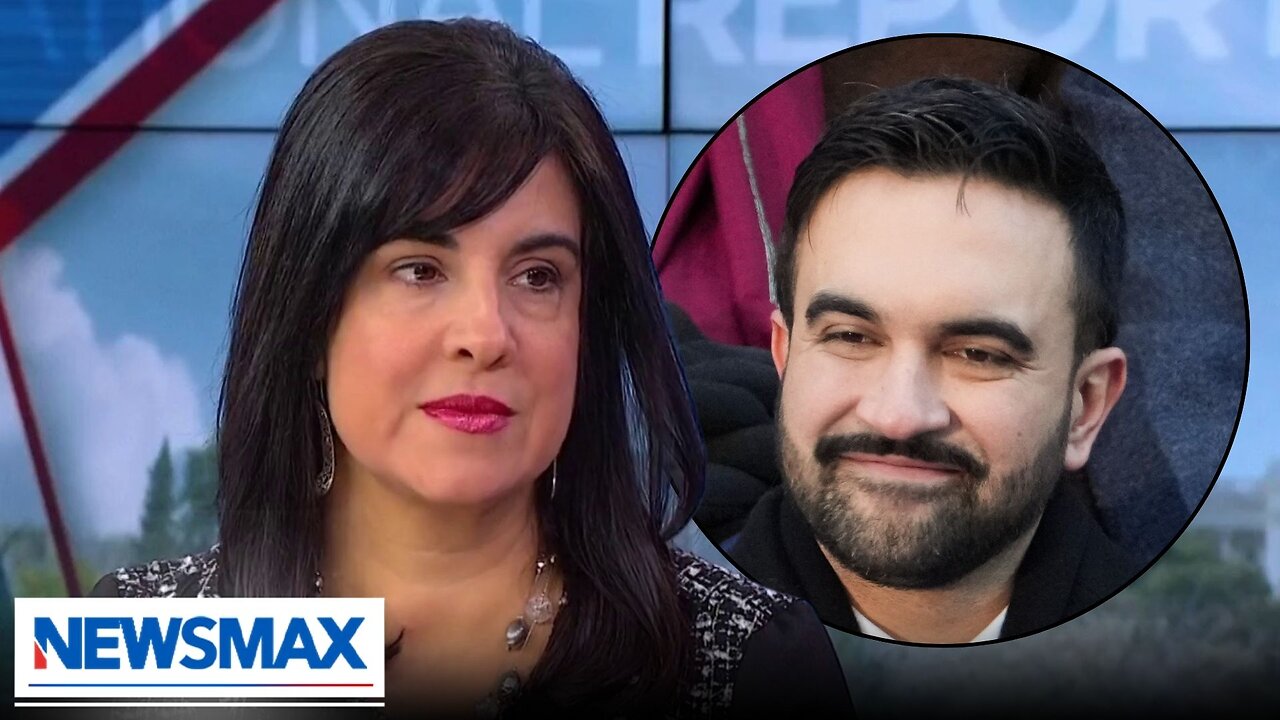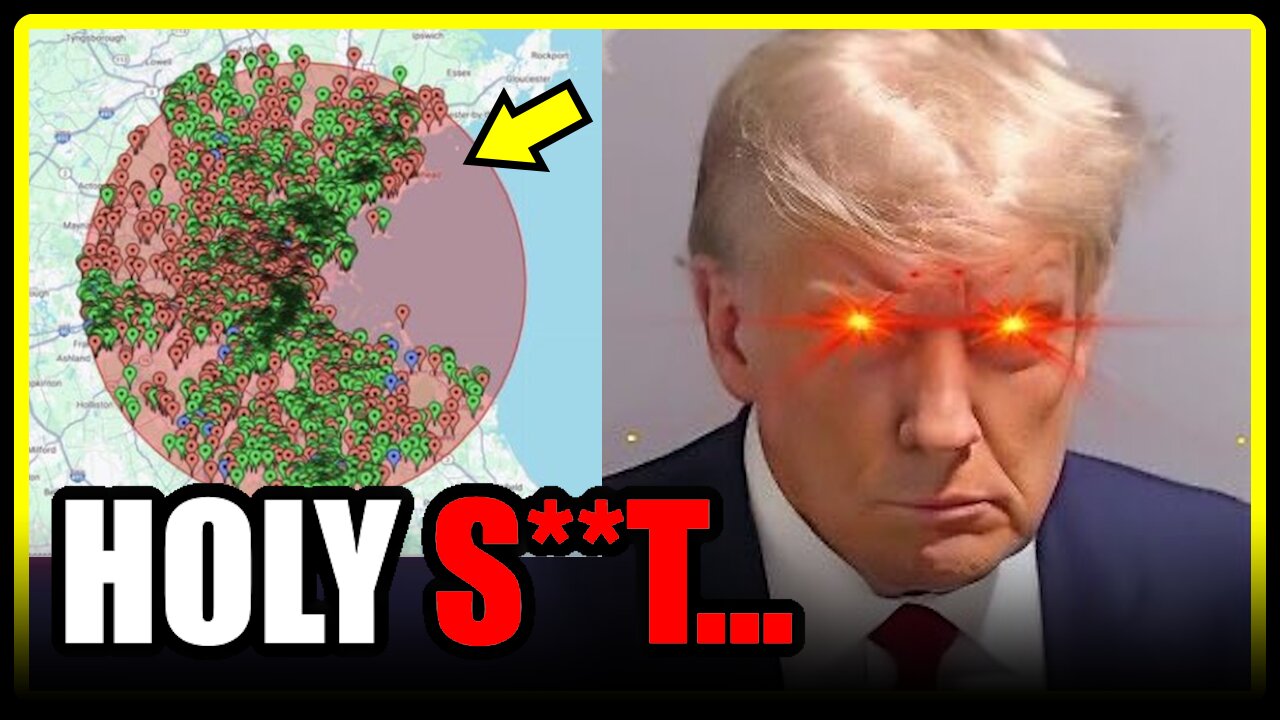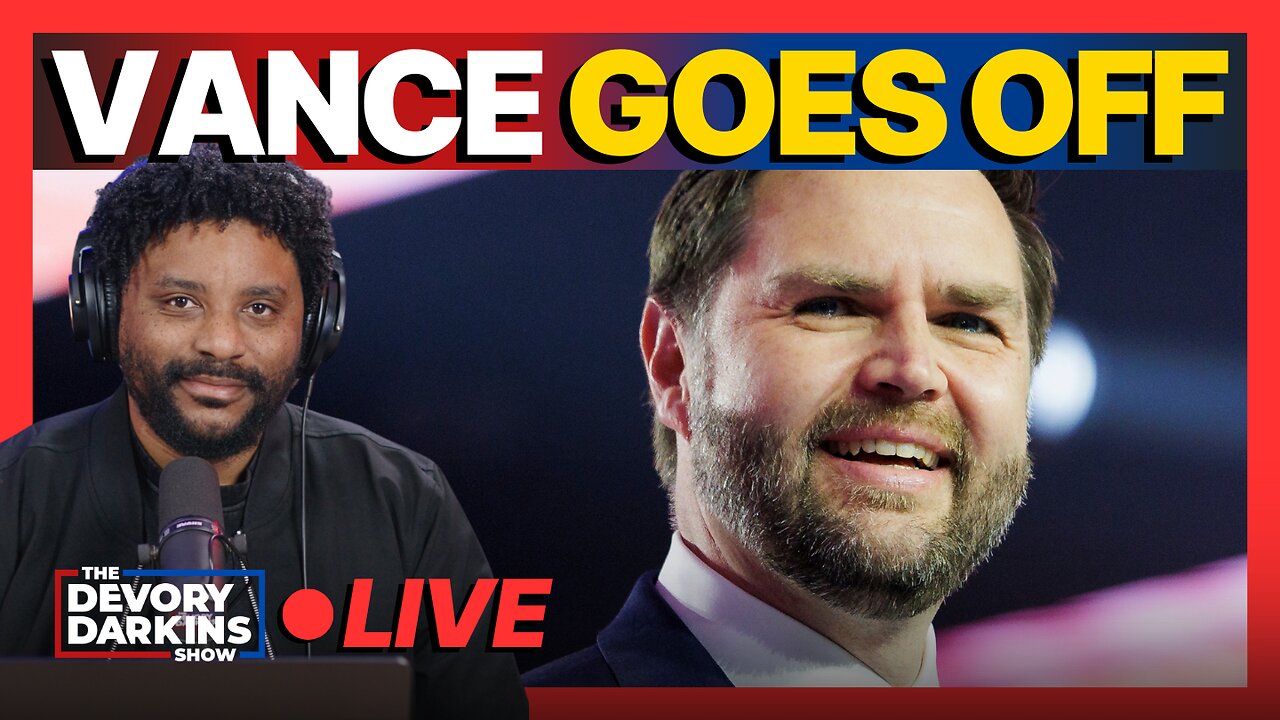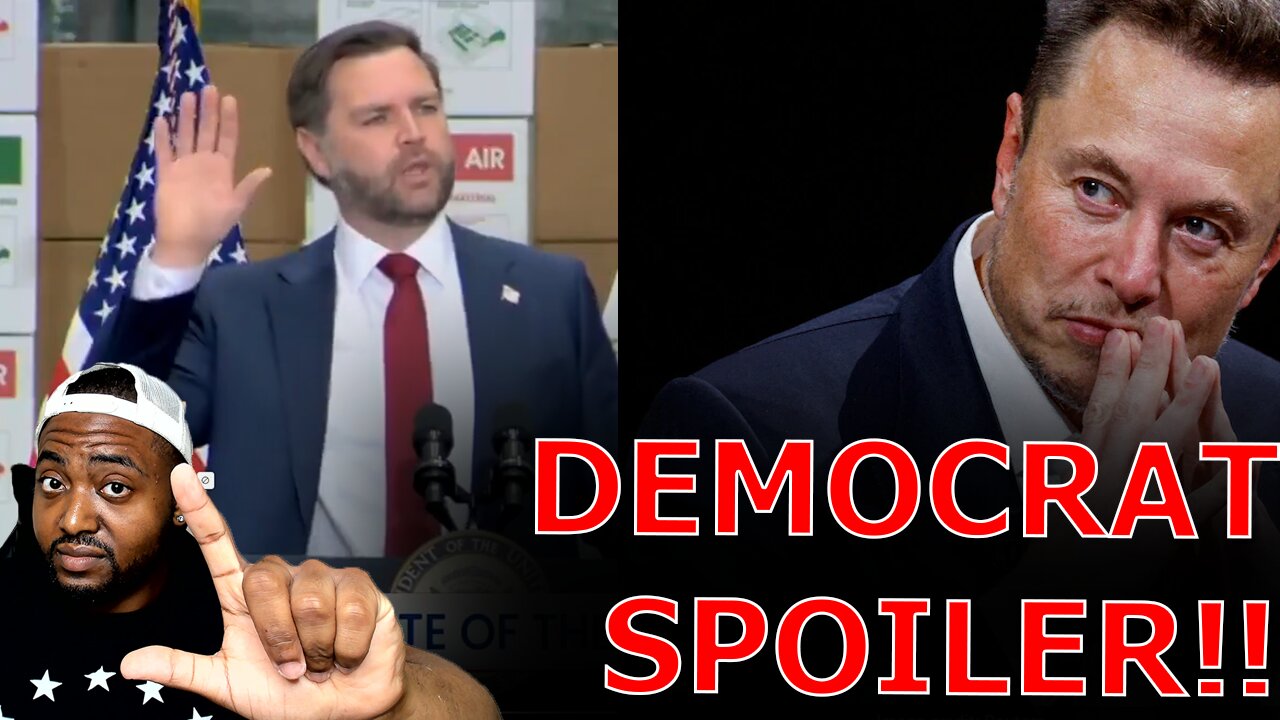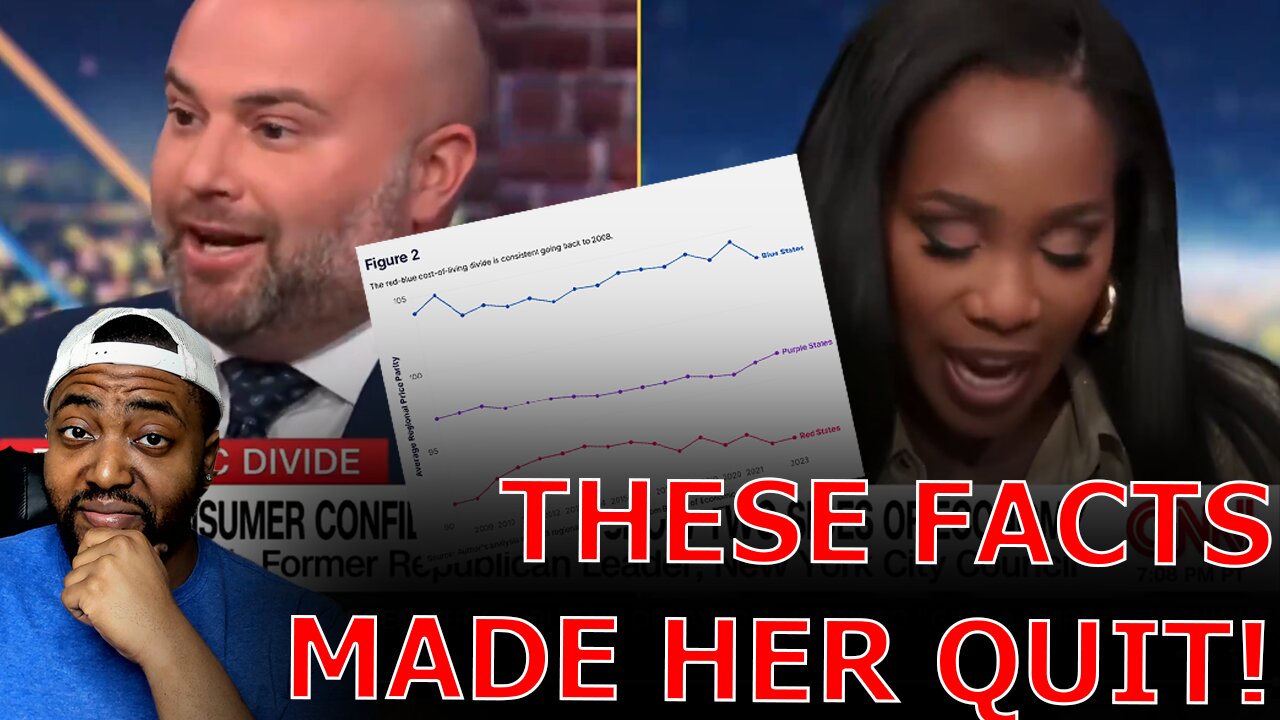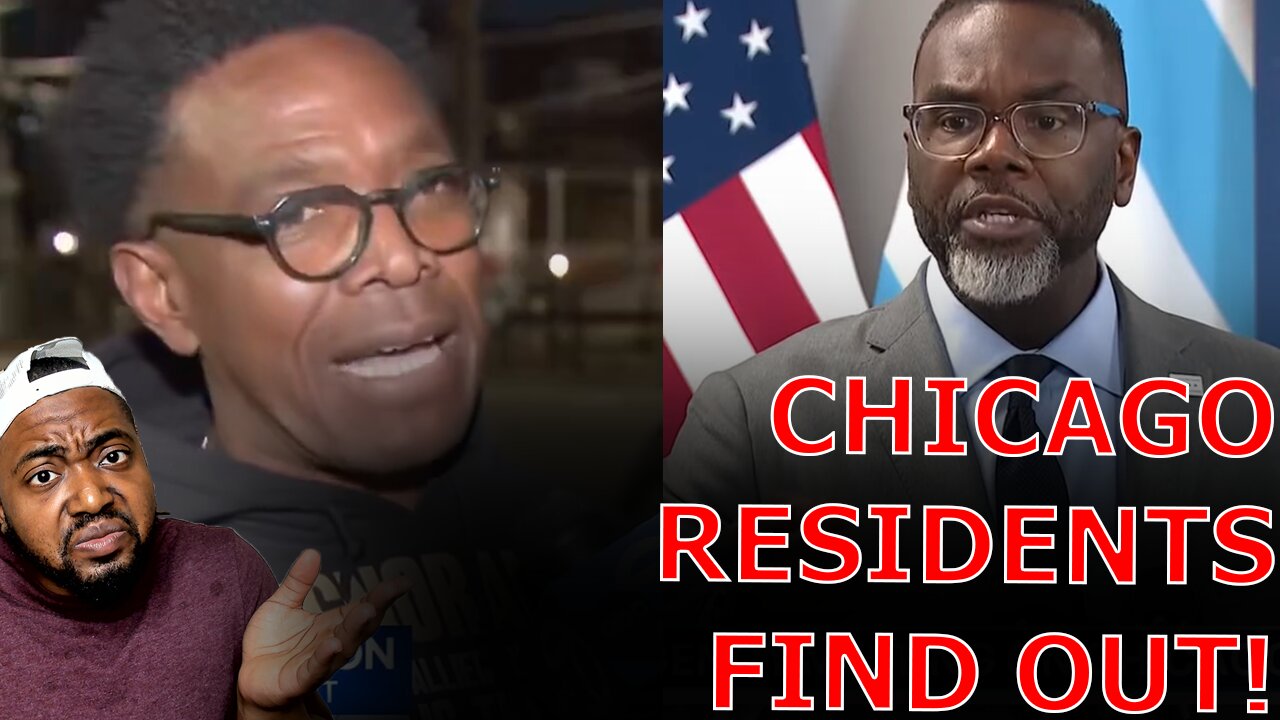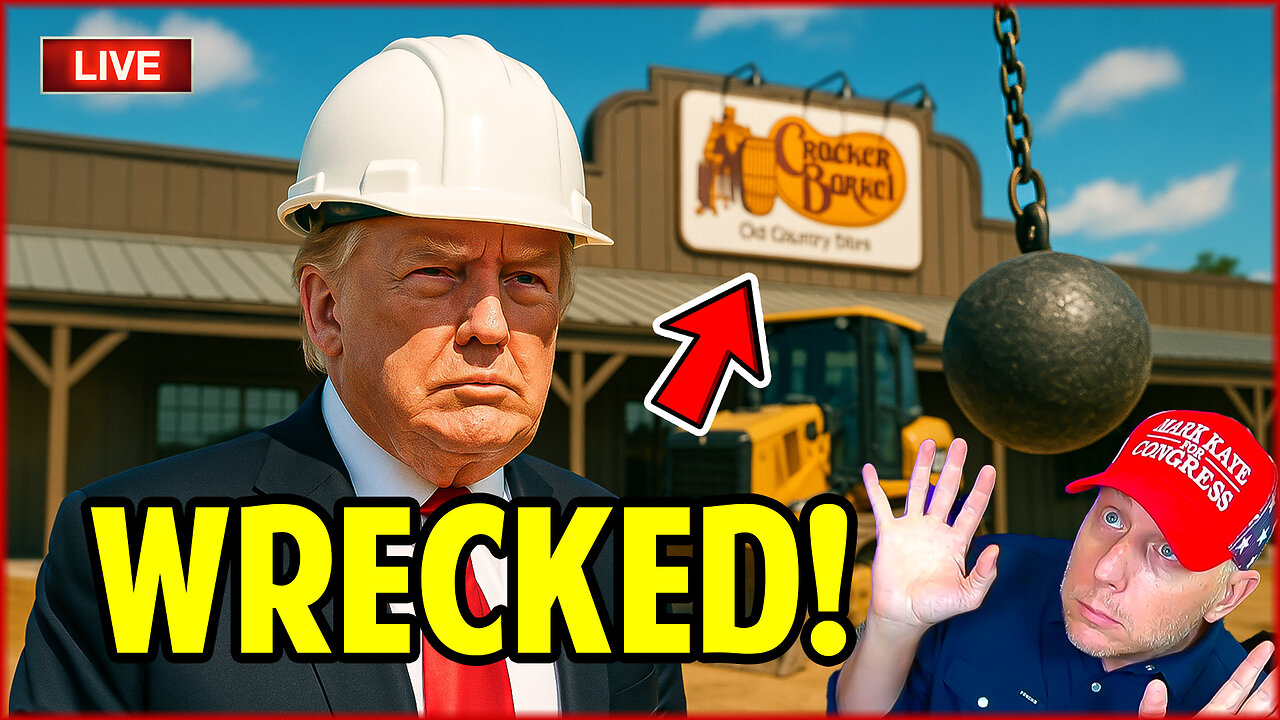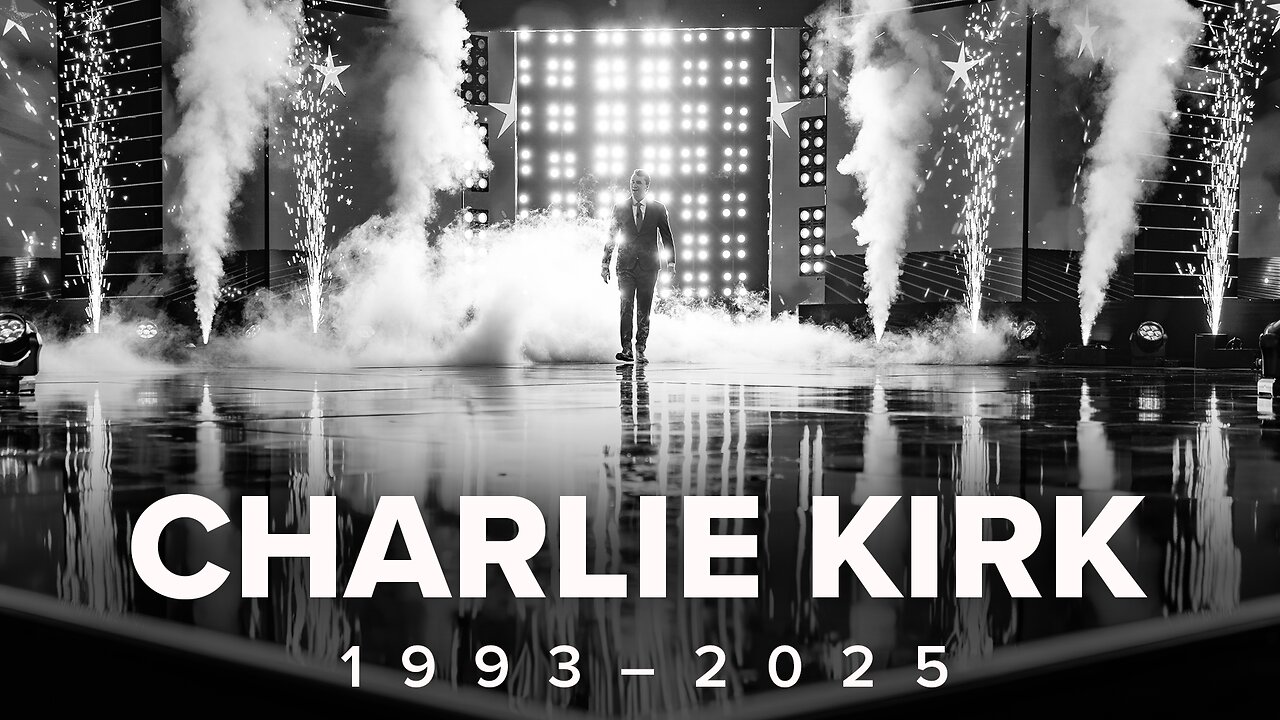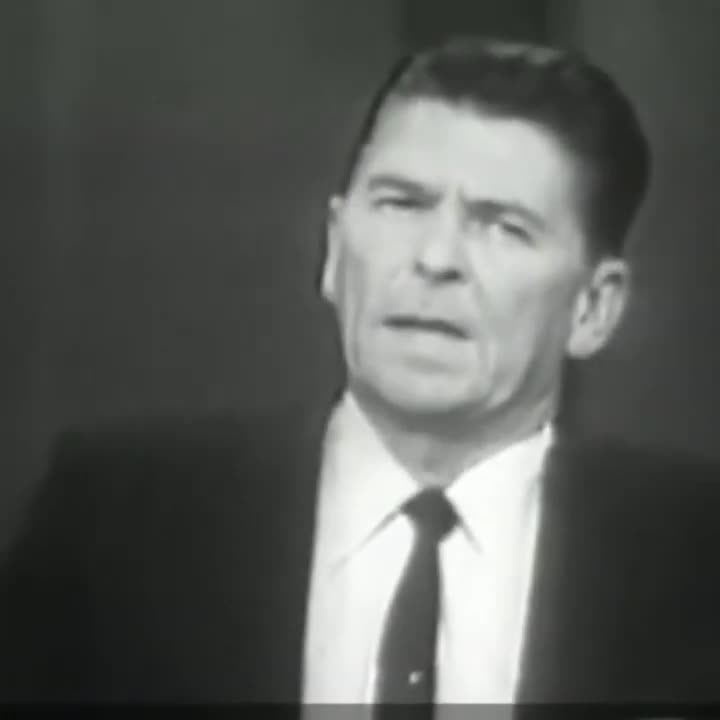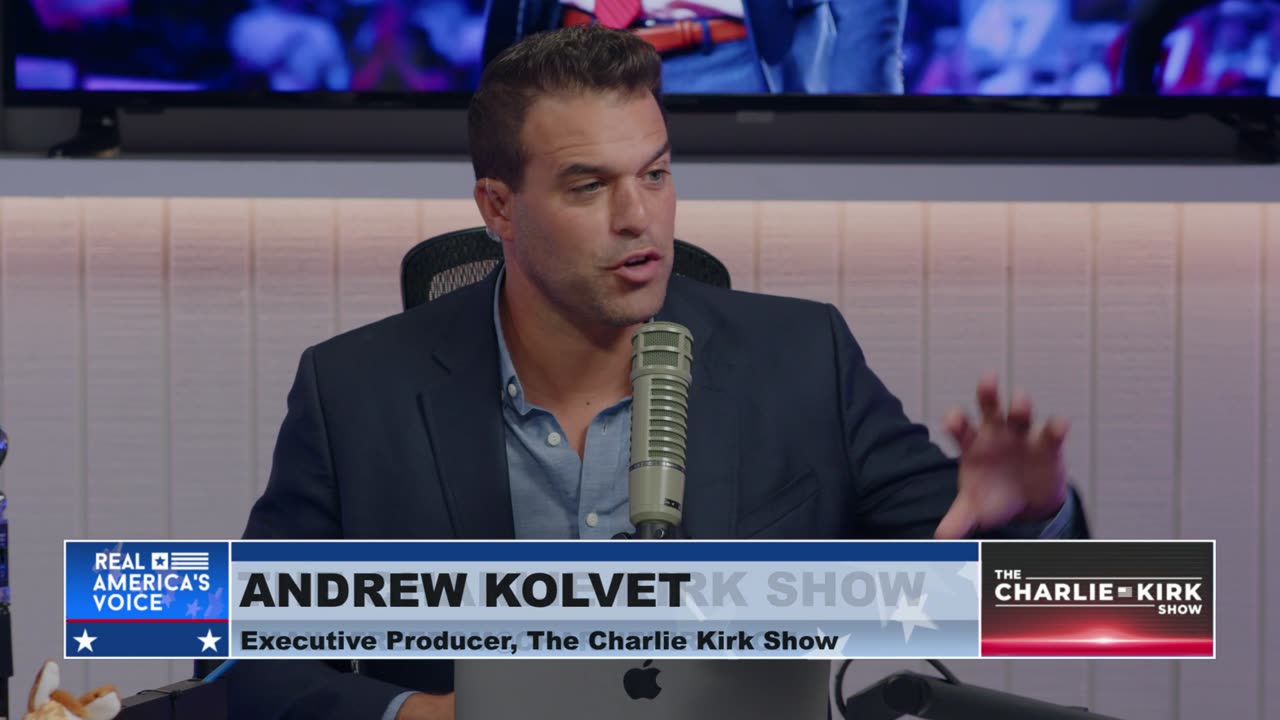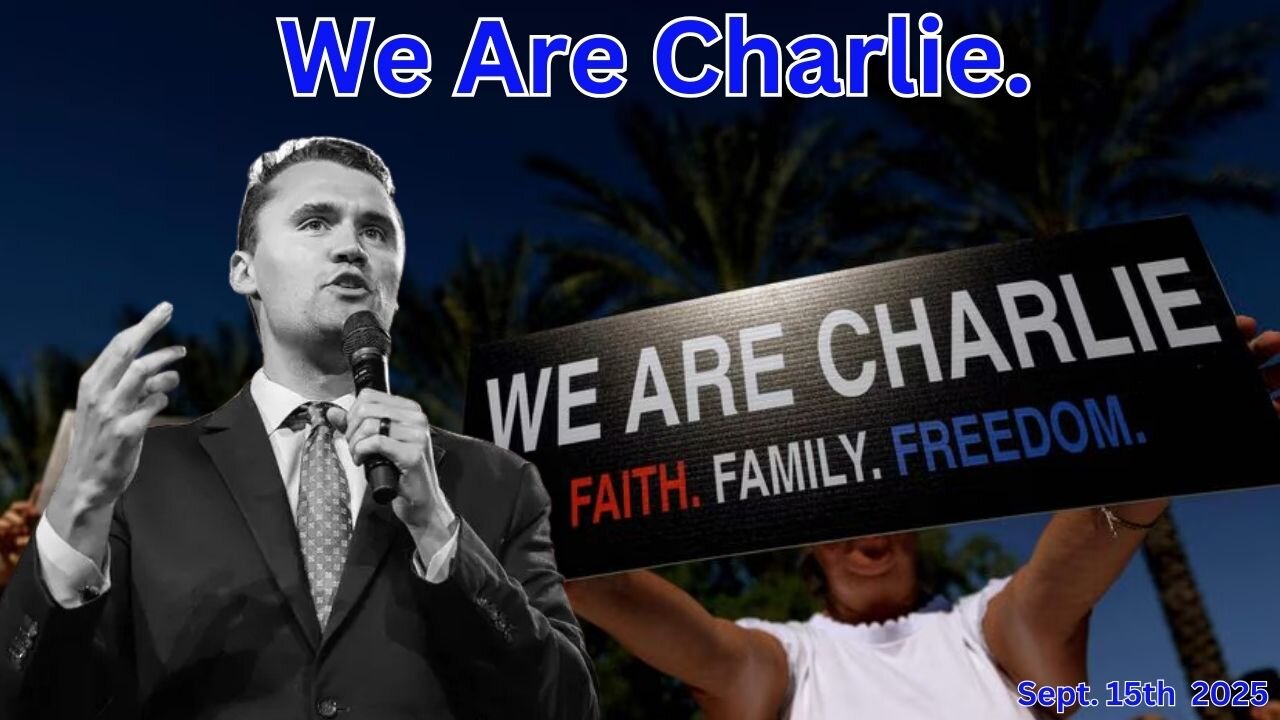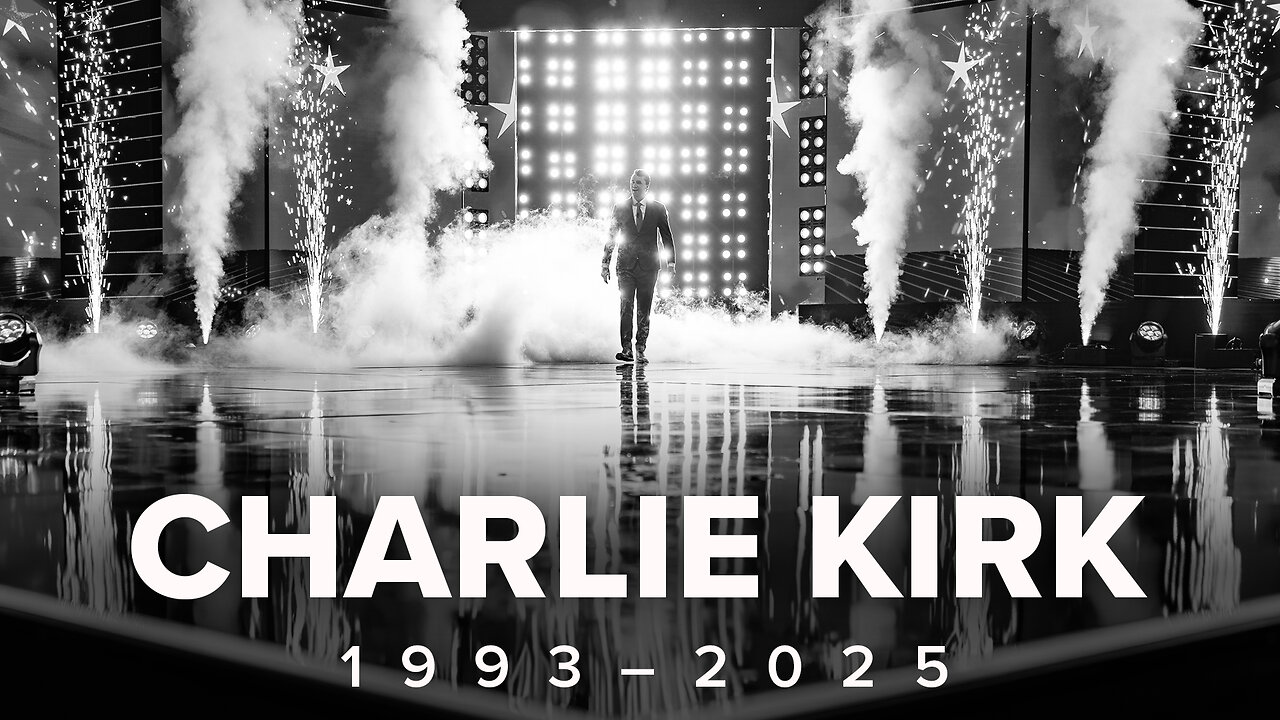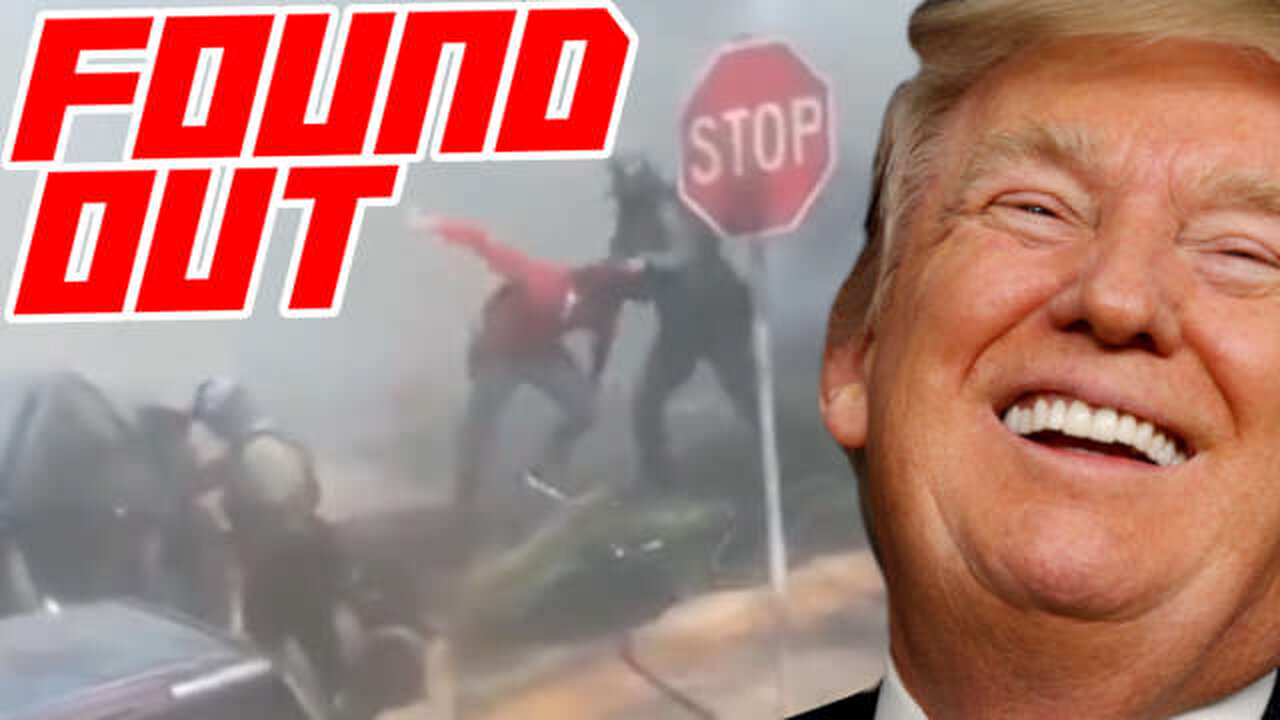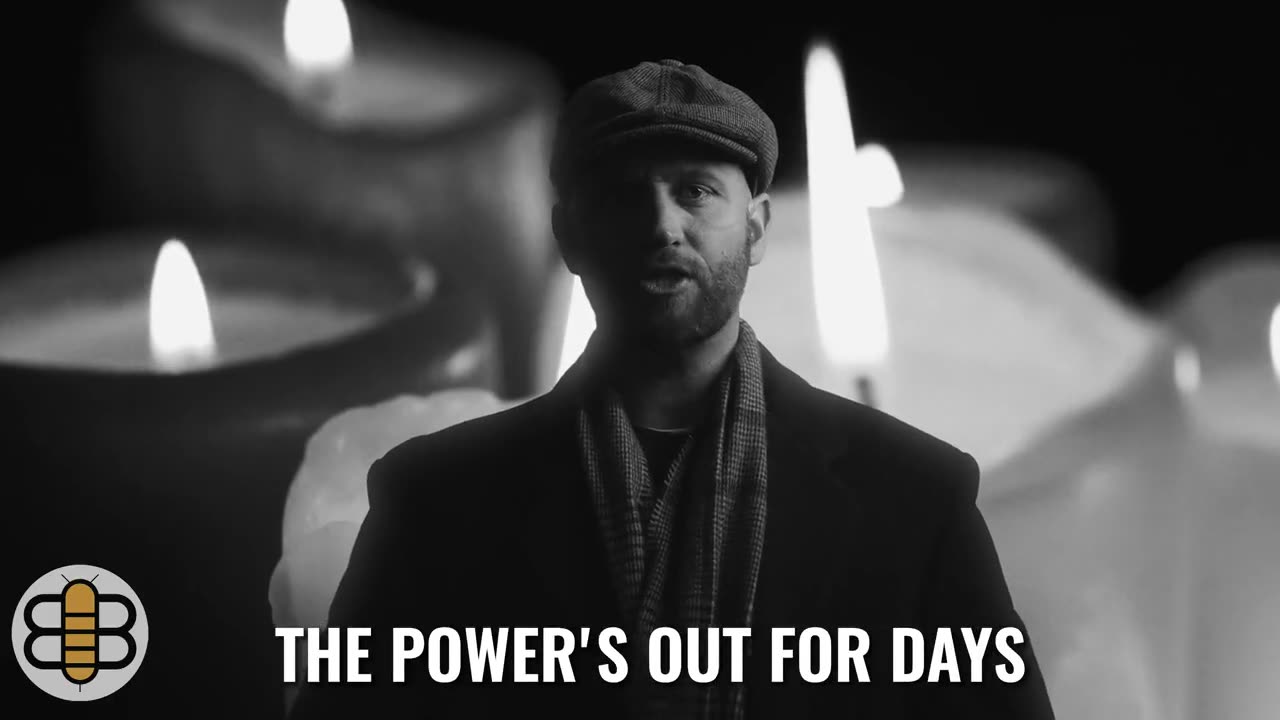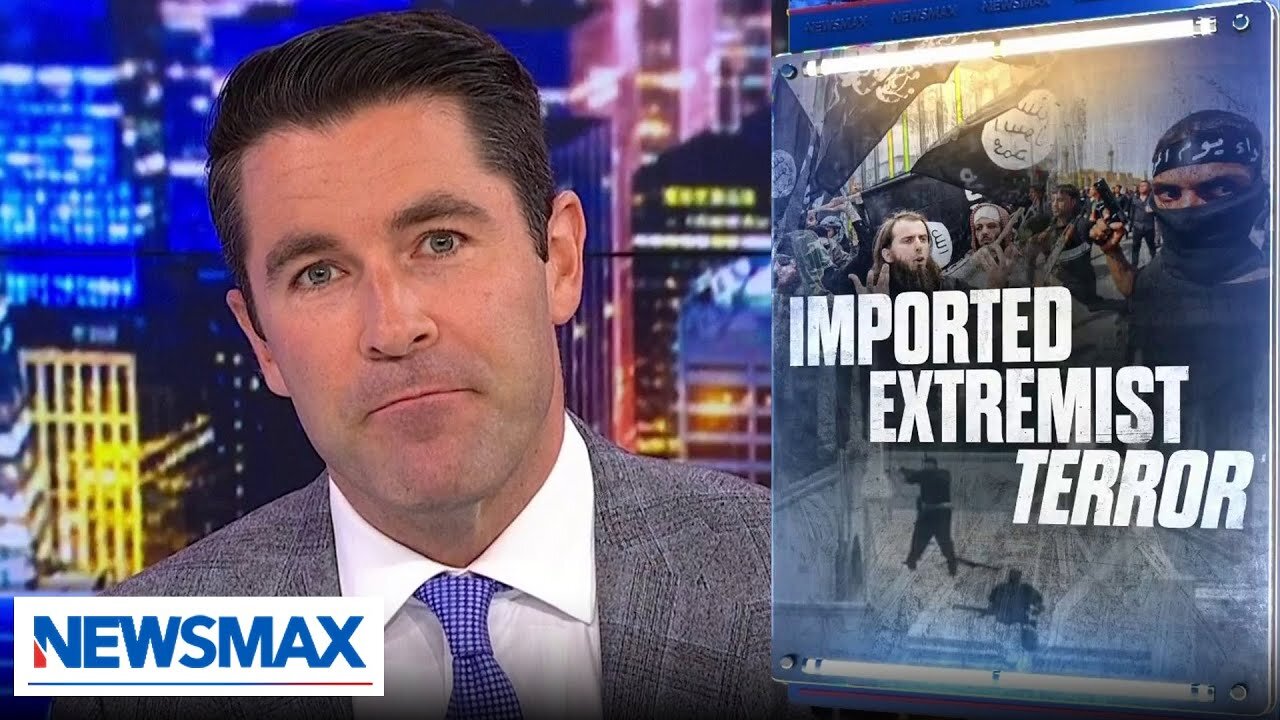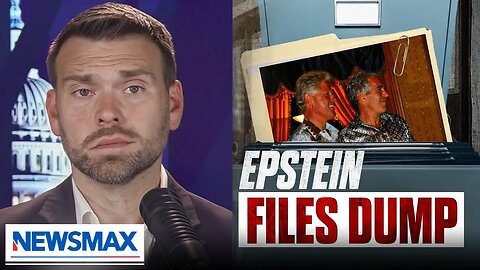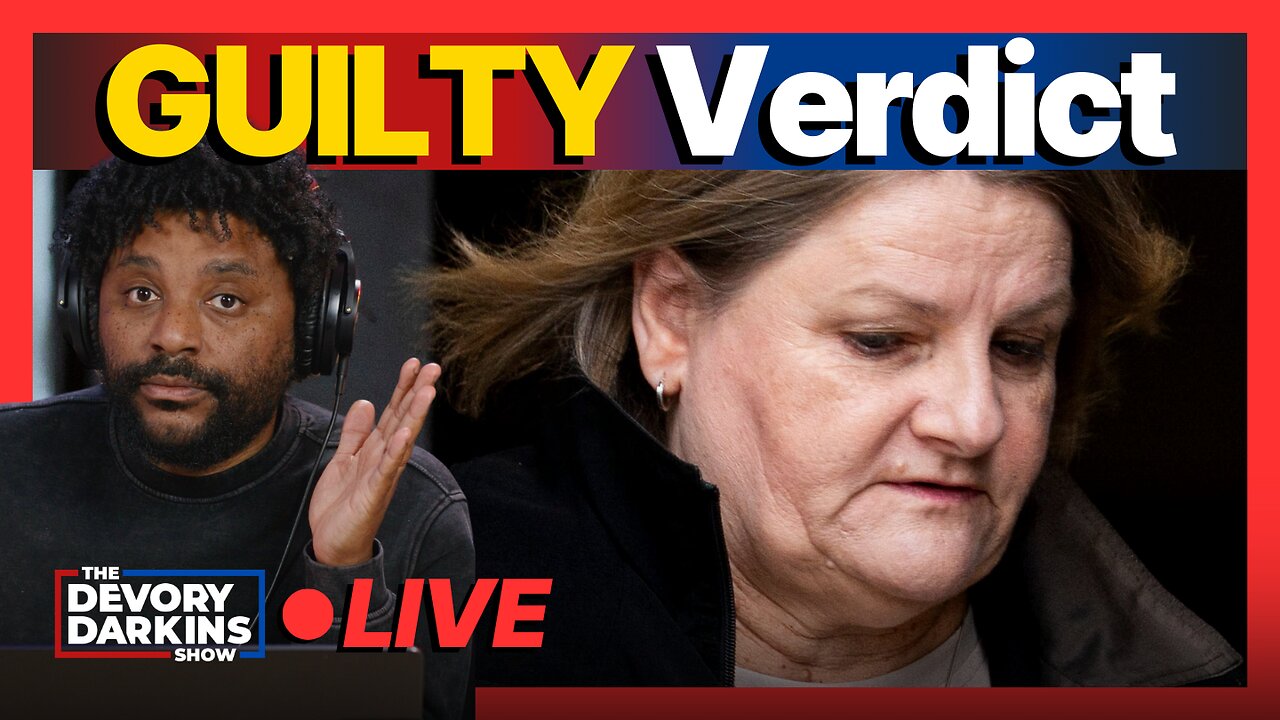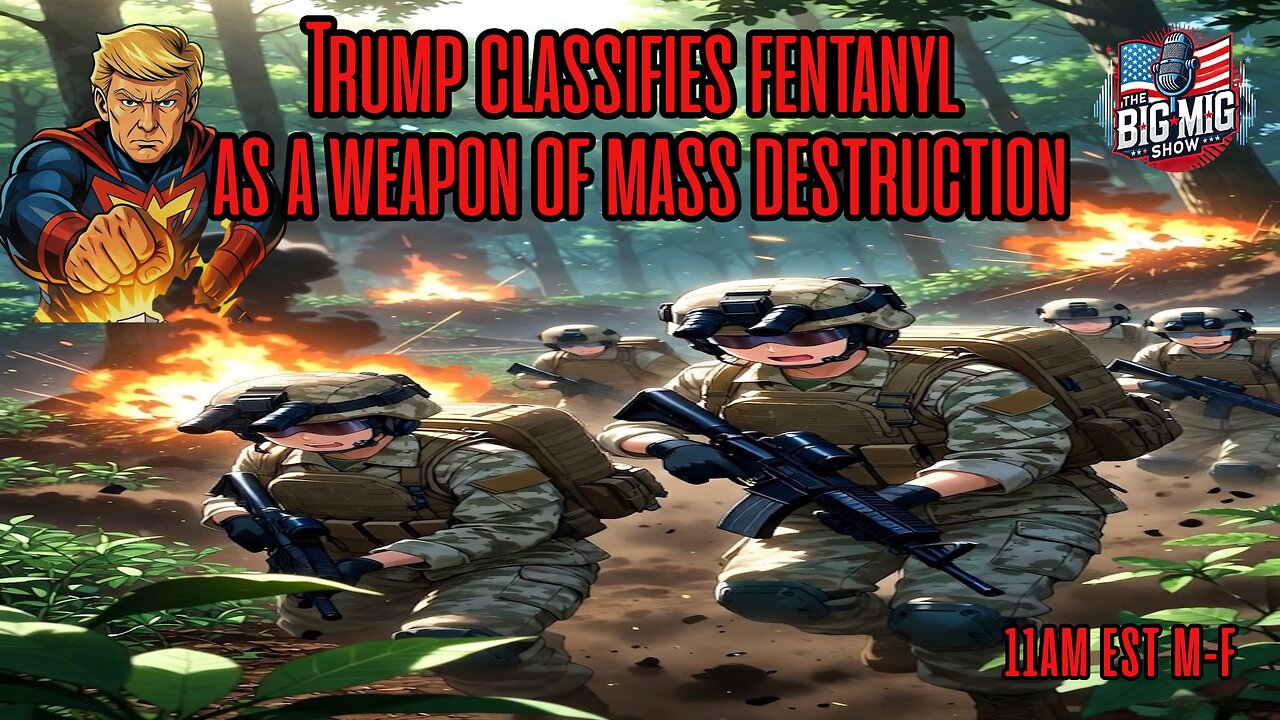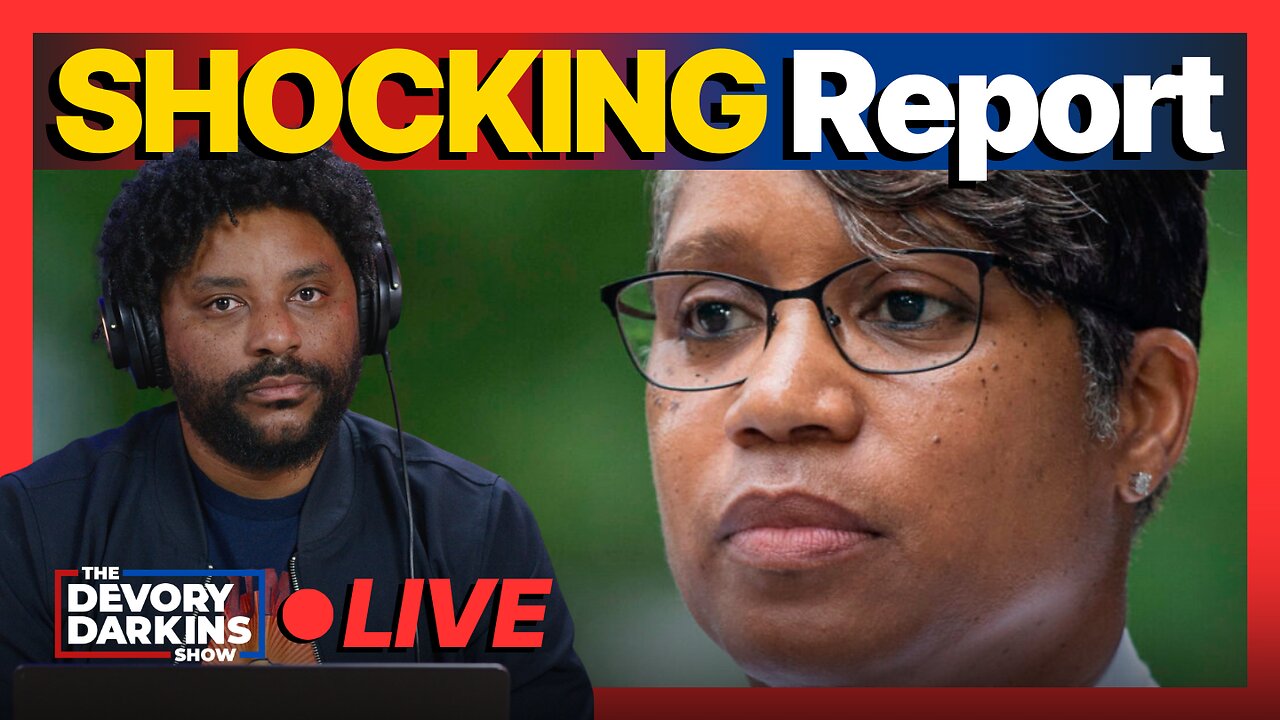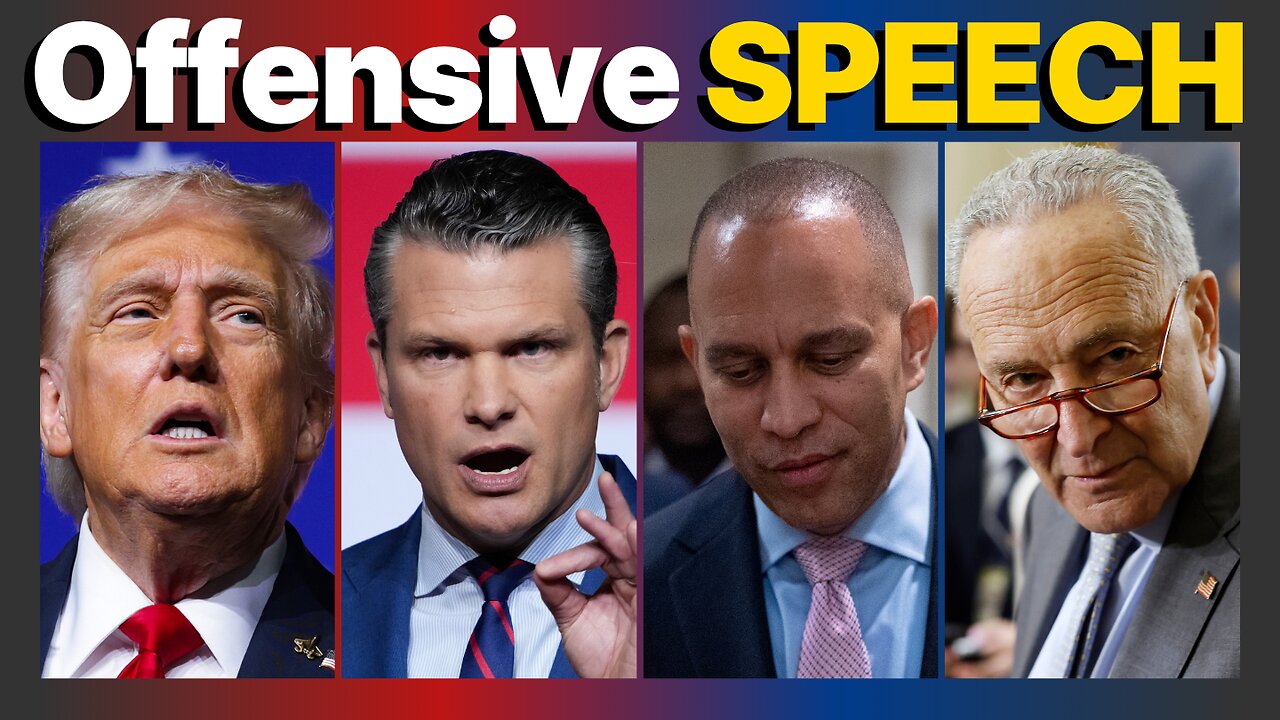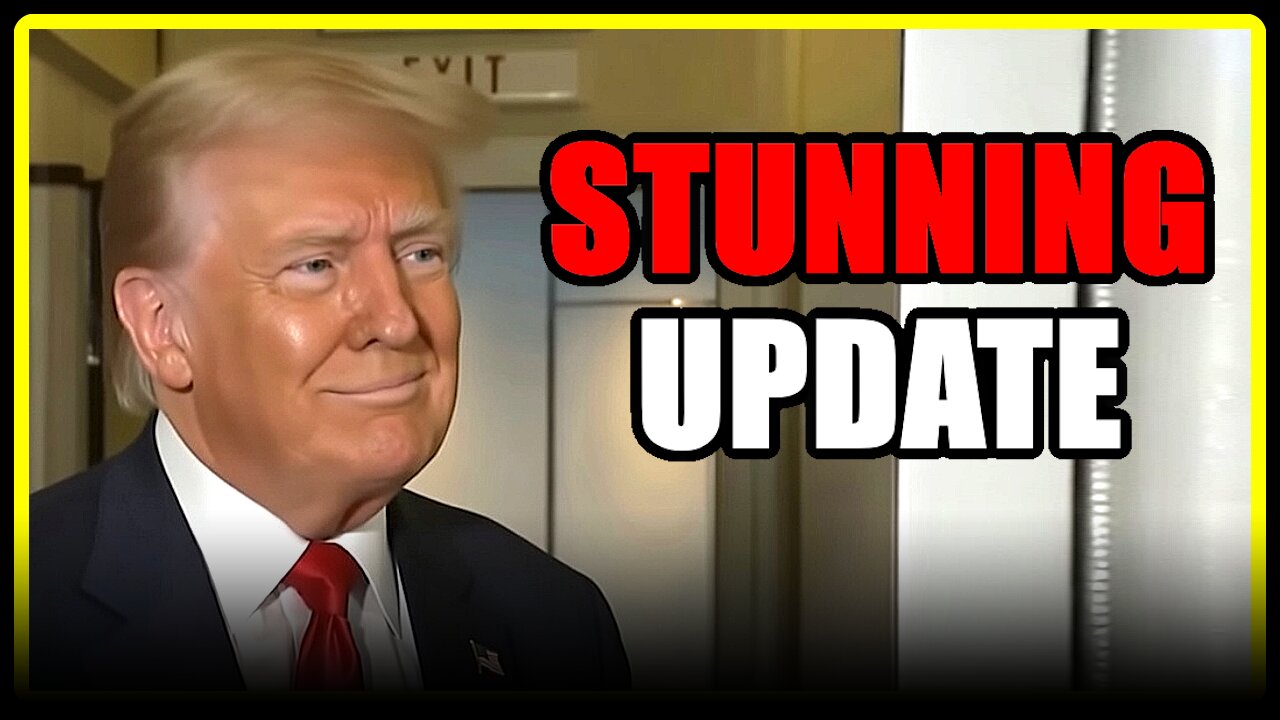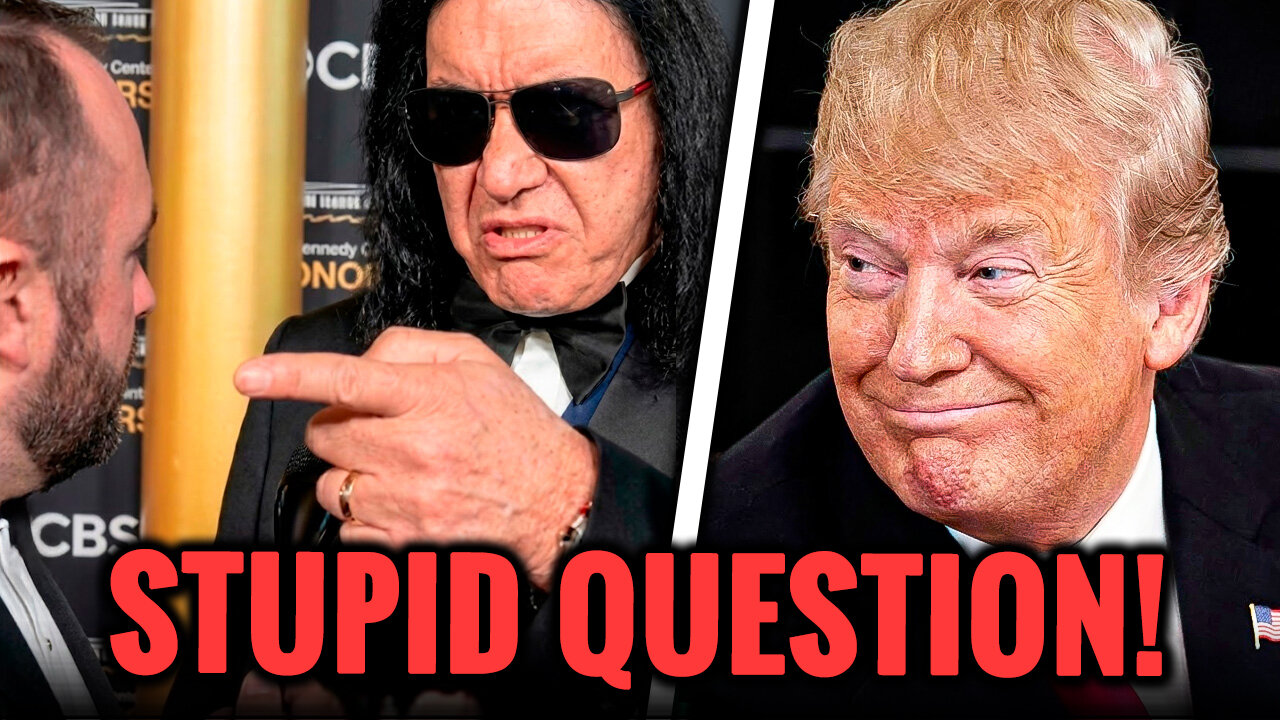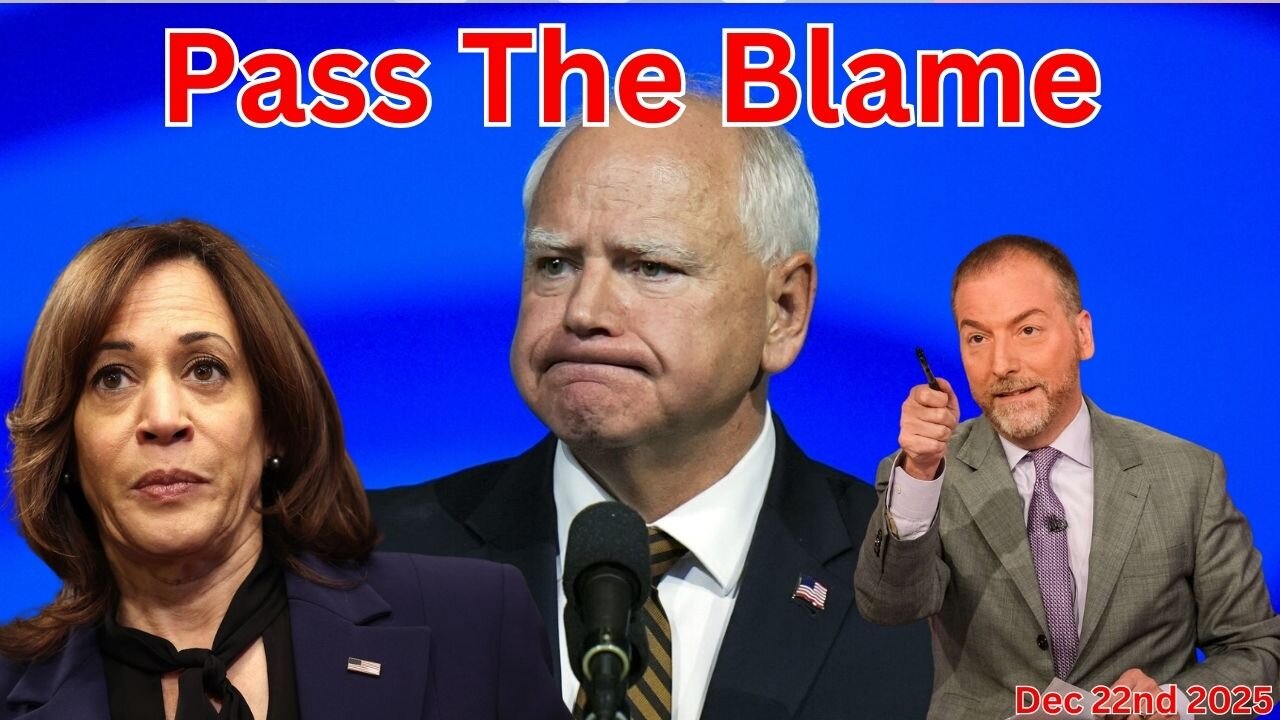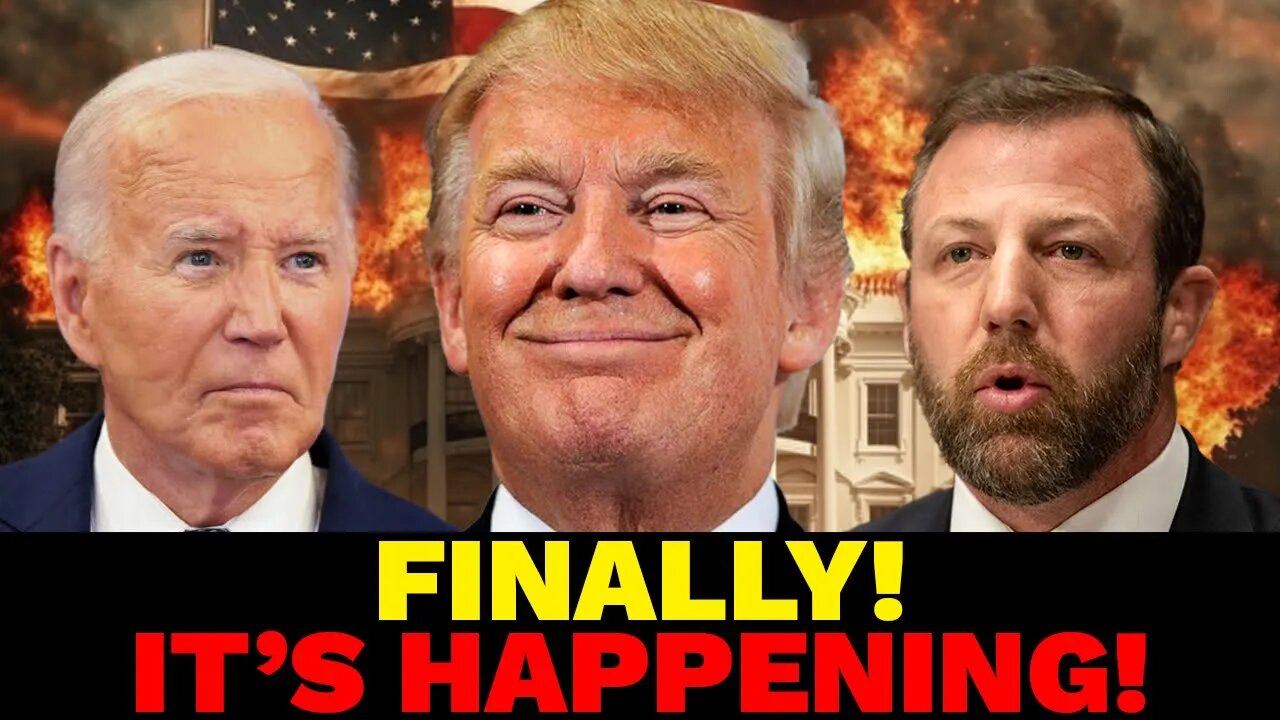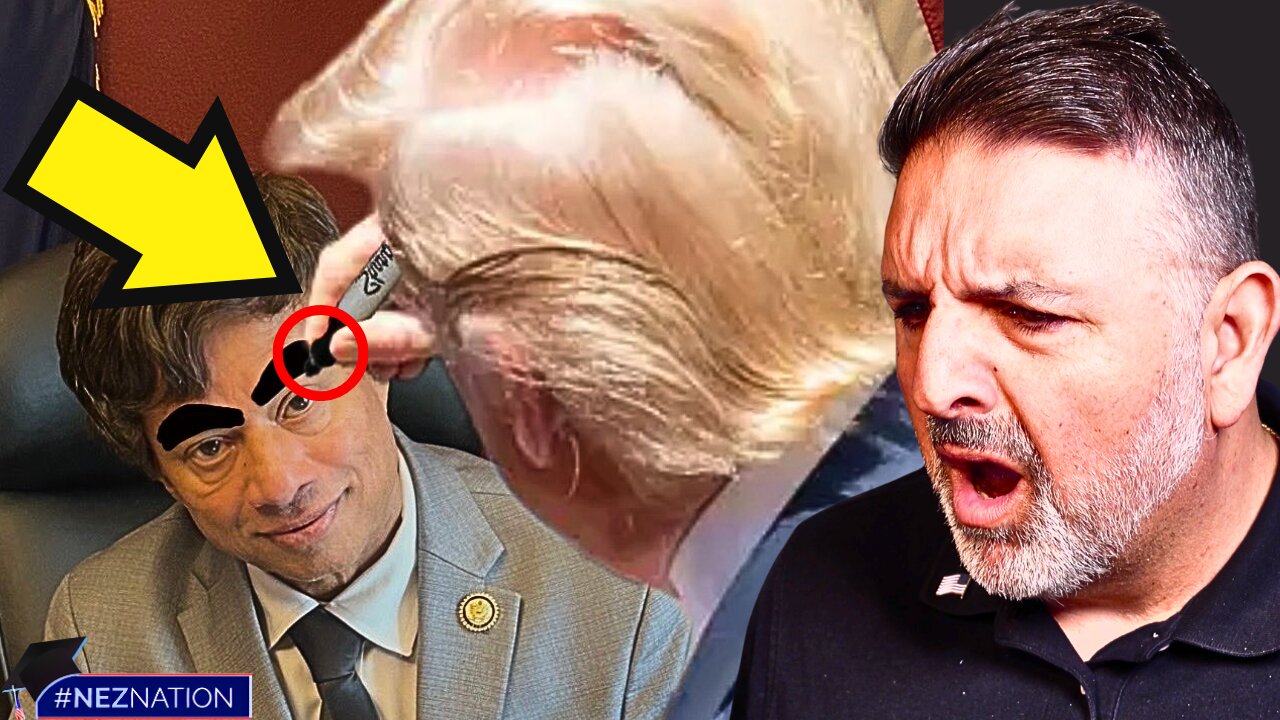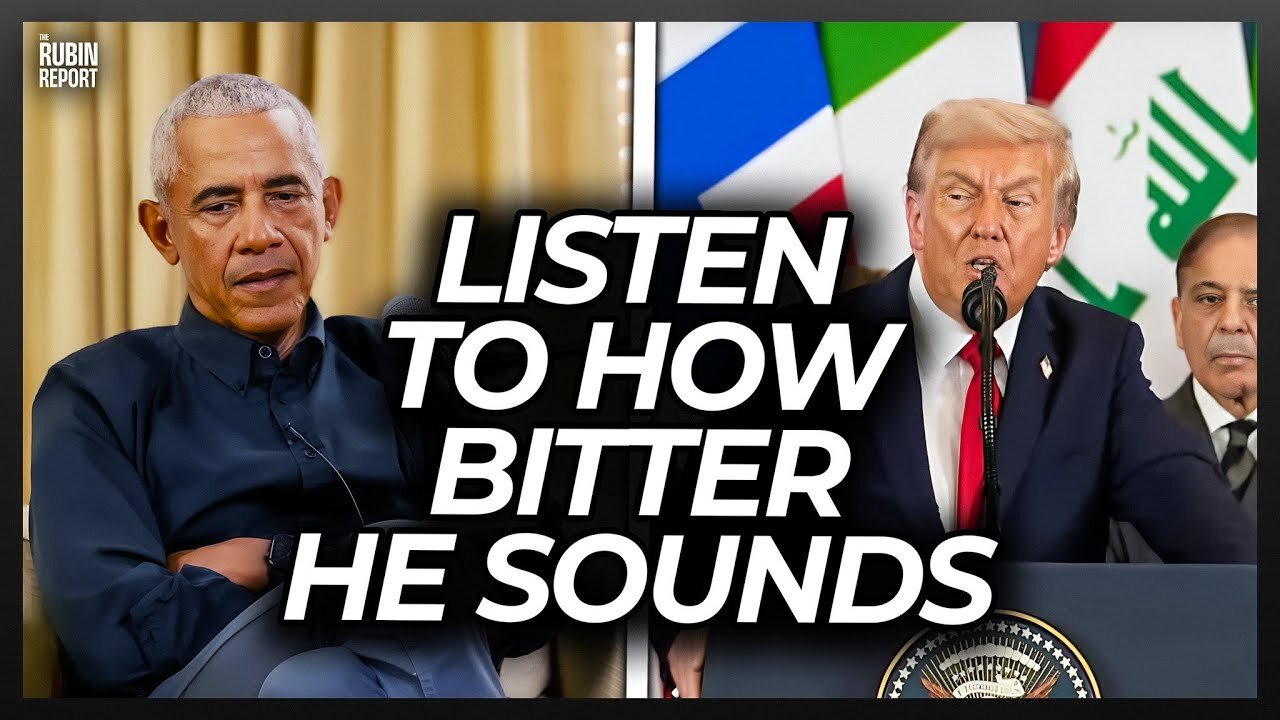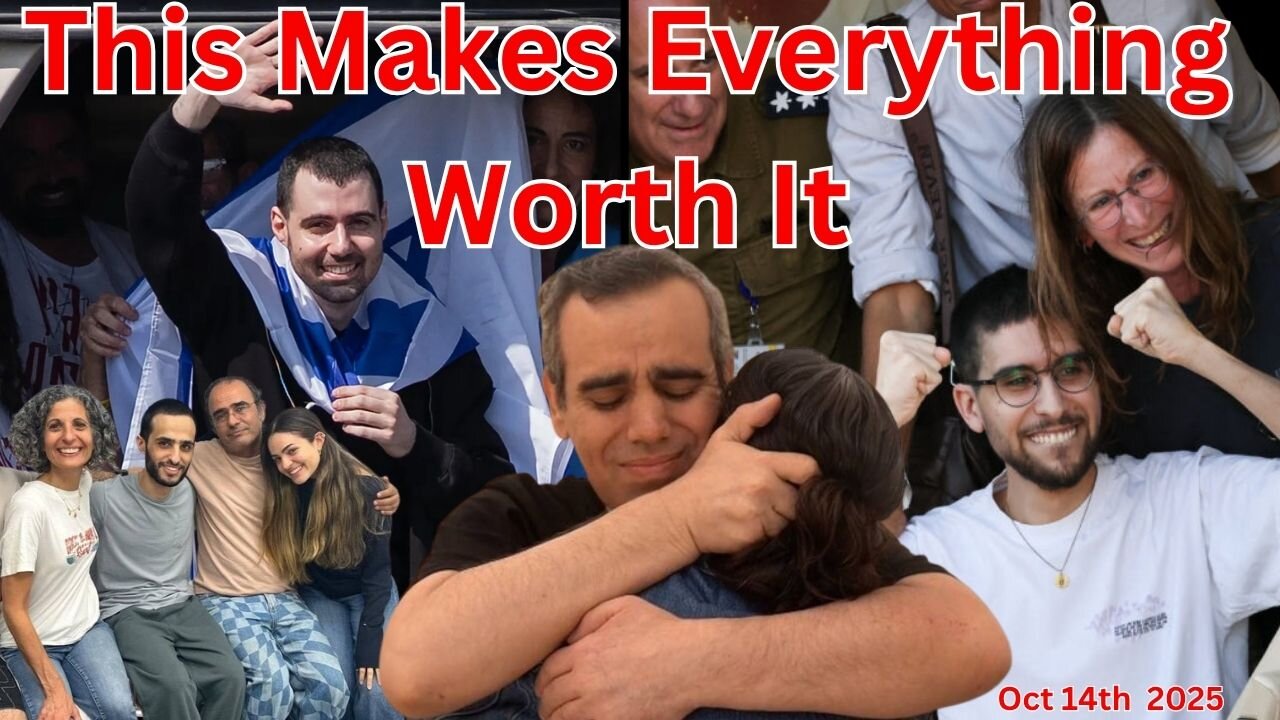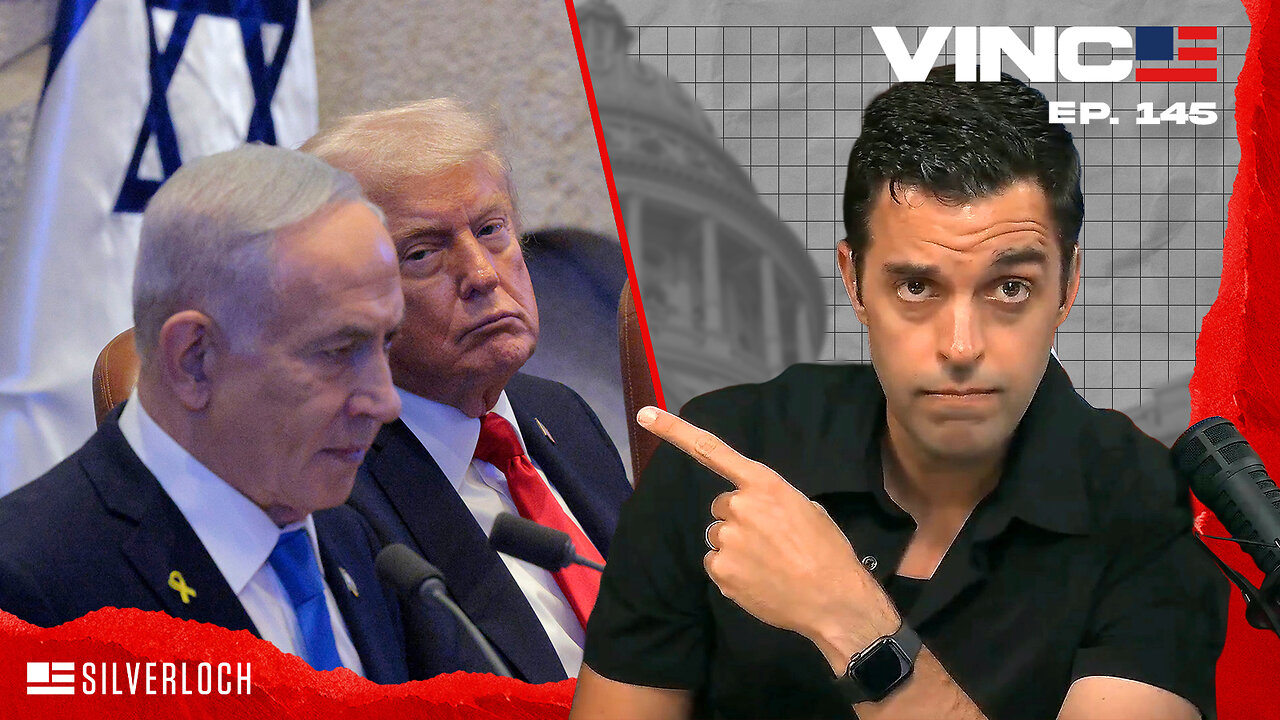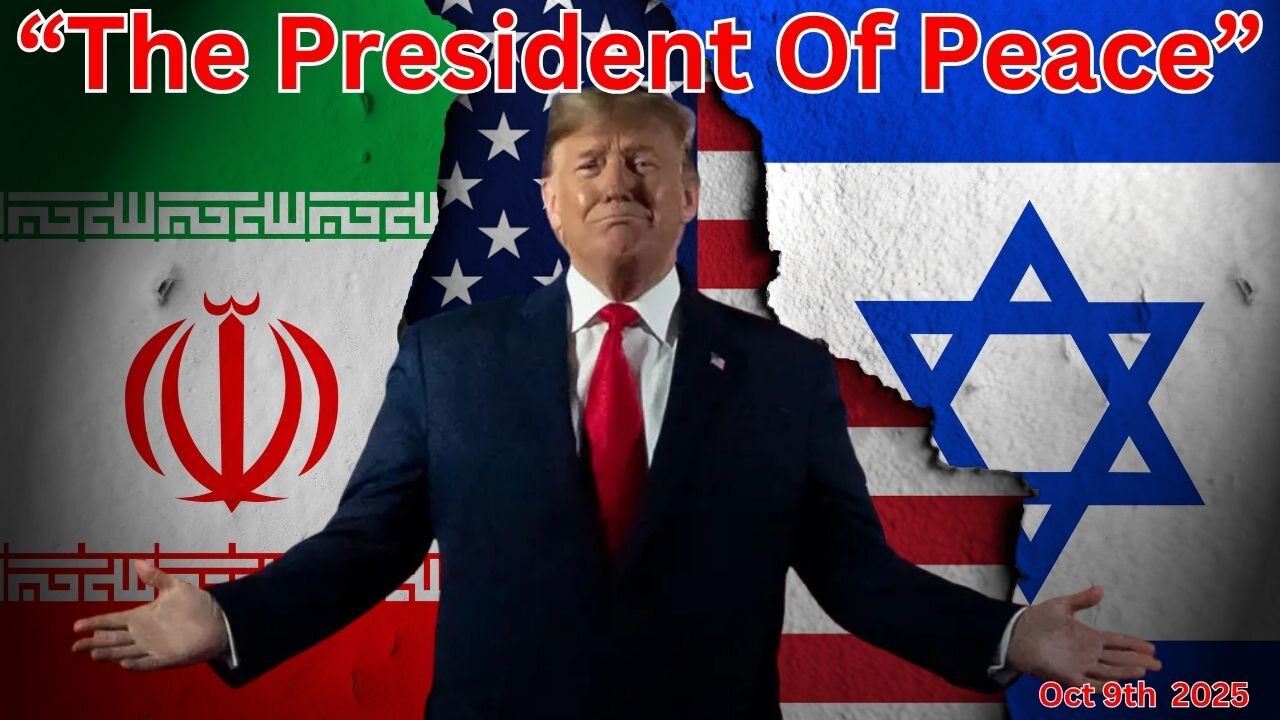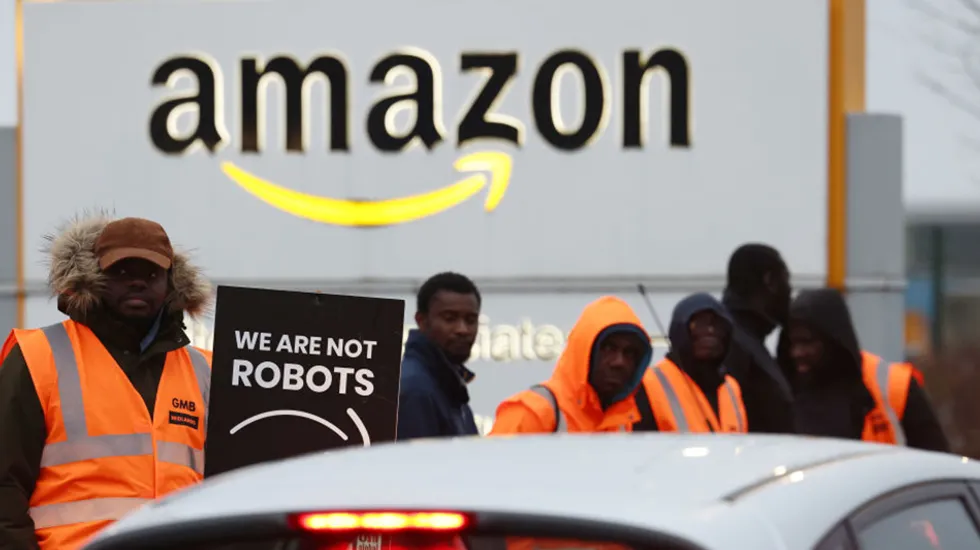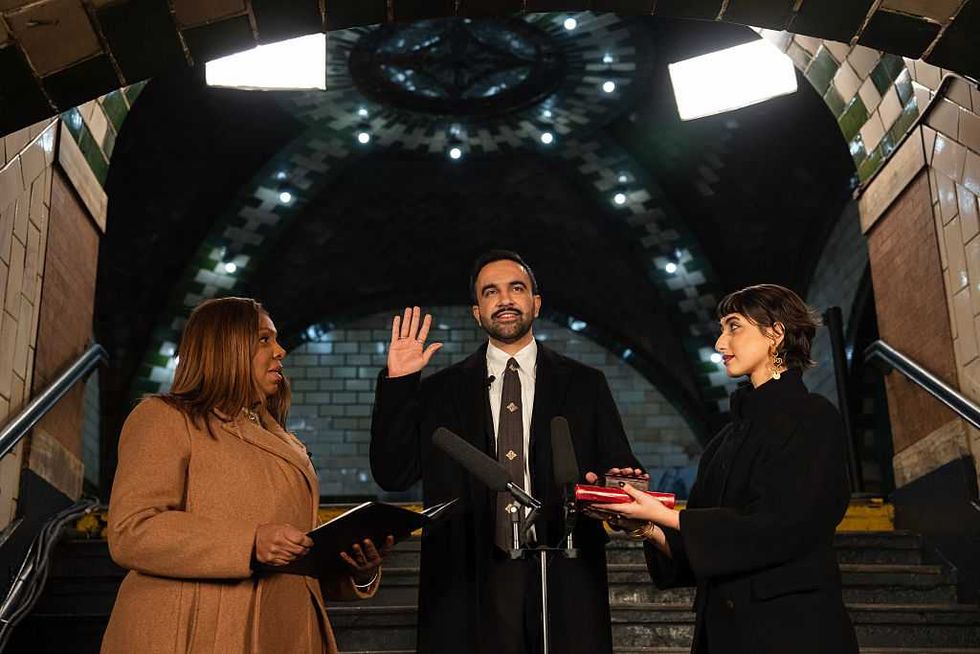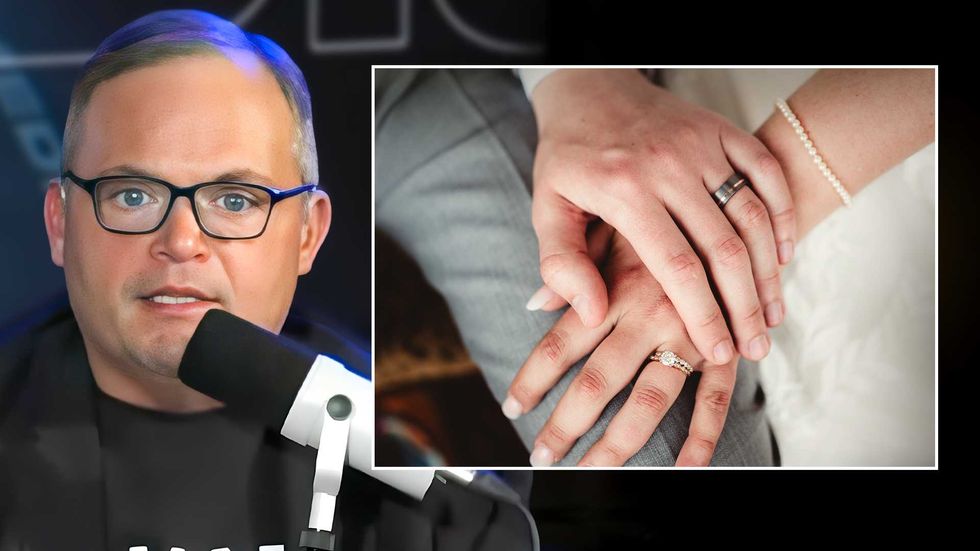3 Uncomfortable Truths About School Shootings After Minneapolis Tragedy

Last week, just days into the new school year, a 23-year-old transgender gunman targeted a Minneapolis Catholic school that he used to attend, opening fire on students through the windows of the church where they’d gathered for a special mass. He killed two students and wounded nearly two dozen additional victims before taking his own life.
Live Your Best Retirement
Fun • Funds • Fitness • Freedom
Here are three of the most uncomfortable truths about school shootings in the wake of this latest tragedy.
It feels like school shootings are a common occurrence. They’re not.
When mass shootings take place on school campuses, we remember them. They are uniquely devastating events that strike deeply at our most basic sense of public safety. And, in their aftermath, they leave a wake of heated and politically charged rhetoric that all but ensures the trauma will be dragged back into the headlines for months or even years after the killing has stopped.
The highly salient nature of school shootings makes it easy to assume that they are responsible for hundreds of deaths every year or that, at the very least, it’s statistically likely that any particular student or teacher will be victimized by a school shooter on any given day. And yet, the actual statistics indicate that the nation’s students and teachers are remarkably safe from gun violence while at school. This is true even when using the broadest possible definition of what constitutes a “school shooting.”
Consider the database maintained by Everytown, a well-known gun control advocacy group, which tracks every time that a person fires a gun on school-owned property, regardless of context. According to that database, between Aug. 1, 2024, and Aug. 1, 2025, only 125 “incidents of gunfire” occurred at any one of the more than 130,000 public and private K-12 schools across the nation. As a result of these “incidents of gunfire,” 34 people died and another 83 sustained injuries.
Even taken at face value, these numbers are extraordinarily low considering that, last year, 60 million Americans spent a significant portion of their waking hours on an elementary or secondary school campus, either as a student, educator, administrator, or support staff member.
A closer review of the circumstances of these shootings shows that 40 of them (nearly one-third) not only occurred outside of the school building and well outside of classroom hours, but were completely unrelated to the school, its students, or its ordinary functions. None of the individuals involved in, killed or injured by, or even reasonably endangered as a result of the gunfire in these incidents was present at the school for any purpose remotely connected to the school’s educational mission, including school-specific extracurricular events.
One “incident of gunfire,” for example, involved a woman who was shot in the foot in the parking lot of a Vancouver, Washington, elementary school at 3 a.m. in the middle of the summer after participating in a pre-arranged fight with another woman. The “victim” had flown across the country to resolve an interpersonal feud, and no one involved in the physical altercation or subsequent shooting had any connection to the school.
Meanwhile, five of the campus gunfire injuries recorded in the database stemmed from a single 3 a.m. shootout in a school parking lot that erupted during an unauthorized summer gathering of more than 100 people, many of whom were juveniles violating an 11 p.m. curfew.
In some cases, the “campus gunfire” didn’t even endanger a human being at all. Two instances involved individuals in rural communities shooting deer overnight on school property, including one where the police report specified that the hapless “hunter” fired his gun after midnight in a school-owned open field roughly 75 yards away from the nearest building—aiming in the opposite direction.
In another case, school officials at a rural Nebraska high school returned after summer break to find the football stadium’s scoreboard pockmarked with bullet holes.
Many of the remaining incidents of gunfire occurred outside of “classroom” hours and did not reasonably implicate “school safety” concerns. Of the incidents that did reasonably implicate “school safety,” the most common threats were unintentional gun discharges and targeted shootings that stemmed from interpersonal disputes.
Only five “instances of gunfire” could be characterized as actual or attempted mass shootings, in which an armed individual sought to harm victims indiscriminately. These active shooters killed seven people (excluding any perpetrator deaths) and injured 20 more victims.
That’s not to suggest there’s any such thing as an “acceptable” number of school-related shooting deaths, or that these deaths and injuries aren’t worth mitigating. It’s simply to state an objective reality: School shootings are not even remotely close to being a significant factor in child mortality.
The statistical rarity of school shootings should make us feel better. It doesn’t.
From a purely rational standpoint, we know that the nation’s students and teachers are several orders of magnitude more likely to die in a car crash on the way to or from school than to be shot while in a classroom. If facts alone directed our fears, we’d hold more legislative hearings over pools and bathtubs, knowing that unintentional drownings present far more of a danger to children under 18 than bullets fired on a school campus. Every piece of mortality data tells us that schools are, quite literally, among the places where Americans are least likely to be endangered by gunfire—a mathematical miracle, given the amount of time we spend there.
And yet, statistics bring no comfort to families that grieve very unlikely—but still very real—deaths. Facts and figures hold enormous informational value for public policy experts, but they cannot heal either shattered bones or shattered communities. Sometimes, hard data doesn’t untangle the persistent knots in our stomachs.
A gunman fired 116 rounds through stained-glass windows to murder children as they prayed during mass. No amount of statistical analysis can lessen the horror wrought by that sentence.
It’s natural to look for an easy scapegoat. There isn’t one.
One of the most natural temptations in the face of inexplicable tragedy is to find a scapegoat. Scapegoats promise us straightforward explanations and simple solutions.
It would be easy, for example, if the problem was “just” a lack of strict gun laws and the solution was “just” to impose universal background checks, bans on so-called assault weapons, or any of the other gun control measures that advocates assure us will magically solve school shootings. Never mind that here, as with so many of these mass shootings, not a single one of these measures would have reasonably had the capacity to save a single life.
It would be easy, too, if school shootings were simply a product of radical gender ideology, as some commentators seem to believe, given their hyper-fixation on the shooter’s transgender identity.
Yes, modern transgender ideology is incredibly problematic, particularly when it is weaponized against women’s sports or when it’s used to justify the permanent mutilation of still-developing children. And yes, gender dysphoria is undoubtedly one of many conditions capable of triggering the severe psychological and emotional distress so often evidenced by mass shooters. It seems, at least in this case, to have exacerbated the gunman’s serious mental health struggles and dictated the general target of his violence.
But the reality is that, irrespective of any specific demographic traits, the overwhelming majority of people—straight, gay, transgender, or otherwise—will never commit acts of violence against themselves or others, much less acts of mass violence. We can’t solve this problem by fixating on the shooter’s gender identity any more than we can solve it by fixating on his use of a pistol-gripped rifle surreptitiously deemed an “assault weapon.”
It’s easier to blame specific types of guns than to ask serious questions about how we can turn schools into harder targets—but only the latter is proven to save lives. Derisively faulting an entire community for the sins of an outlier bad actor may generate social media clicks, but it doesn’t really help us prevent future mass shootings.
The horrific nature of school shootings predisposes us to want to do something—anything—to stop them, regardless of how uncommon they are or how unlikely our kids are to be victimized by them on any given day. That instinct is noble and good—but only if it’s used the right way.
The post 3 Uncomfortable Truths About School Shootings After Minneapolis Tragedy appeared first on The Daily Signal.
Originally Published at Daily Wire, Daily Signal, or The Blaze
What's Your Reaction?
 Like
0
Like
0
 Dislike
0
Dislike
0
 Love
0
Love
0
 Funny
0
Funny
0
 Angry
0
Angry
0
 Sad
0
Sad
0
 Wow
0
Wow
0





